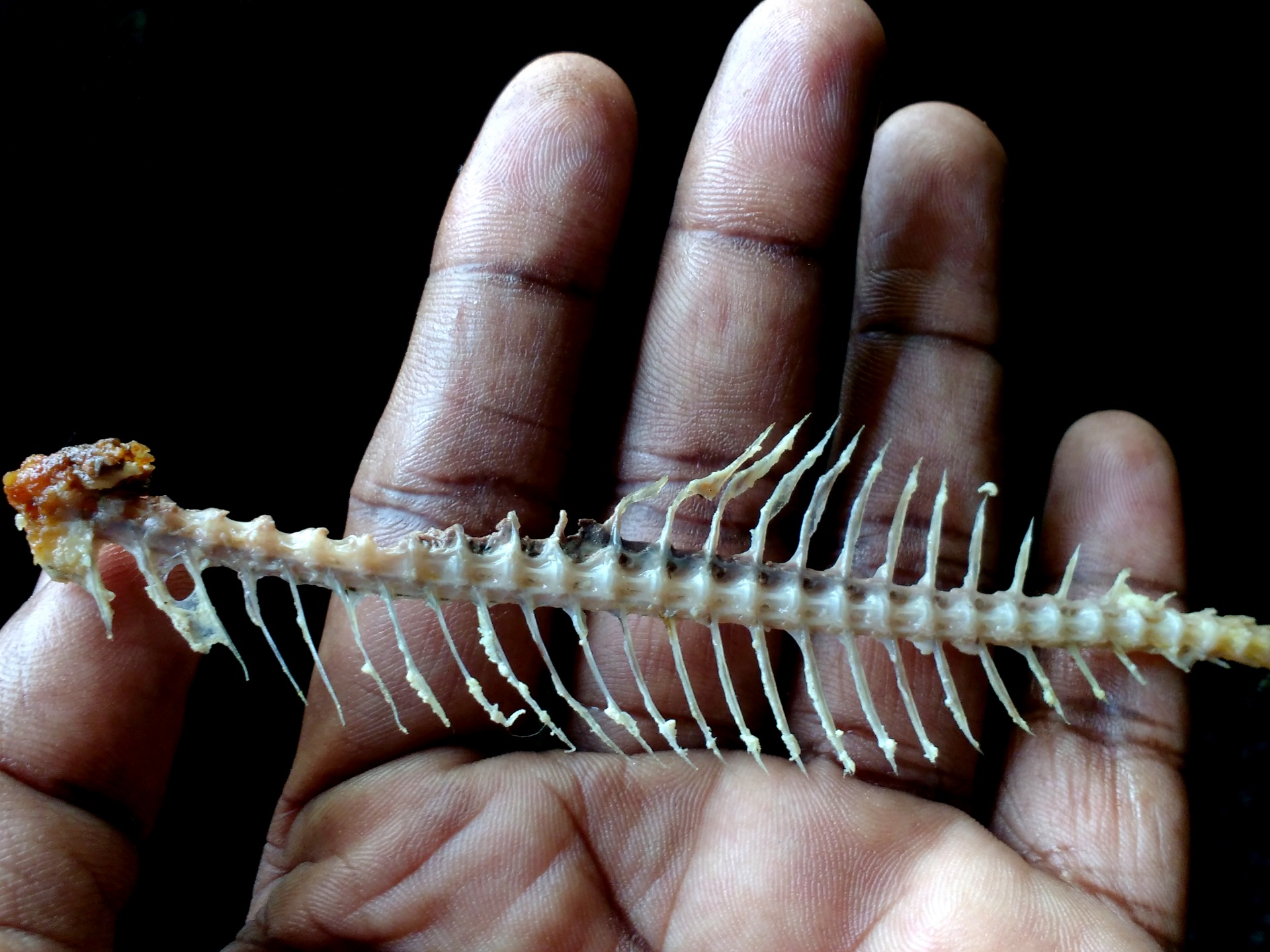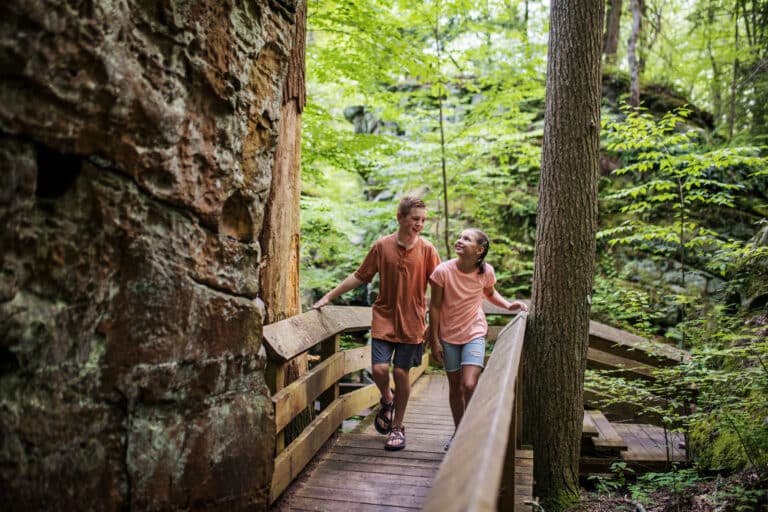Fish bones could help track the spread of coal ash contaminants
Researchers at Duke University have found a new way to track the spread of coal ash contaminates: fish bones. The researchers discovered that the calcified structure in a fish’s inner ear, known as the otolith, can provide a picture of coal ash contamination in rivers and lakes. That part of the fish’s ear grows like tree rings and allows researchers to tell everything from the fish’s age to its migration patterns—as well as if and when it came across coal ash contaminate. This knowledge could help researchers track coal ash contamination changes over time with more accuracy and ease. Coal ash is a toxic sludge byproduct from burning coal and is laden with arsenic, lead, mercury and other toxins. Exposure to coal ash can lead to a number of long-term health problems, including cancer.
Wildlife in NC and TN may some day have their own corridor to cross 1-40
A roughly 20-mile stretch of I-40 between Exit 20/Maggie Valley to Exit 443/Foothills Parkway in Tennessee is being considered for wildlife corridors, which would allow bear, elk, and all creatures big and small to safely cross the highway. In October, a group of 60 interested parties, including the Federal Highway Administration and the National Parks Conservation Association met in Maggie Valley, NC to take the first step in addressing the issue of wildlife connectivity. At a federal level, legislation was introduced in December by Sen. Tom Udall, D-New Mexico, and Rep. Don Beyer, D-Virginia. The Wildlife Corridors Conservation Act of 2018 would establish a “National Wildlife Corridors System.” If signed into law, the bill would give the Department of the Interior the ability to work with agencies, states, tribes and landowners to develop and designate wildlife corridors across the county.
A surge of new lawsuits against fossil fuel companies are reshaping how courts address climate change
In the past year there has been a surge of new lawsuits against fossil fuel companies and developments in cases pressing governments to address climate change in the U.S. and abroad. In 2018 in Colombia and the Netherlands, citizens won rulings ordering their governments to cut emissions and protect forests. By framing climate change in terms of human rights, those cases and similar ones filed in the U.S. and other countries are reshaping how courts address the issue. The only substantive rulings in the U.S. have been dismissals of a joint case by San Francisco and Oakland and one in New York City. In both cases the federal district courts wrote that it was ultimately up to Congress to regulate emissions and that climate change, as a global issue, would be better addressed by diplomats and the Executive Branch than U.S. courts. The cities have appealed the rulings. Also in the U.S., a group of children and young adults have sued the federal government. The plaintiffs are trying to establish a Constitutional right to a stable climate and are seeking a court order that the government come up with a plan to phase out fossil fuels. That case was poised to go to trail in October but the Supreme Court put it on hold less than two weeks before the scheduled opening arguments. The case is now assigned to appeals court judges with the Ninth Circuit, who will decide whether to allow a trail. Legal experts say we can expect to continue to see a wave of unconventional court cases involving climate change, but that it’s too early to tell what kind of impact the cases will ultimately have.








